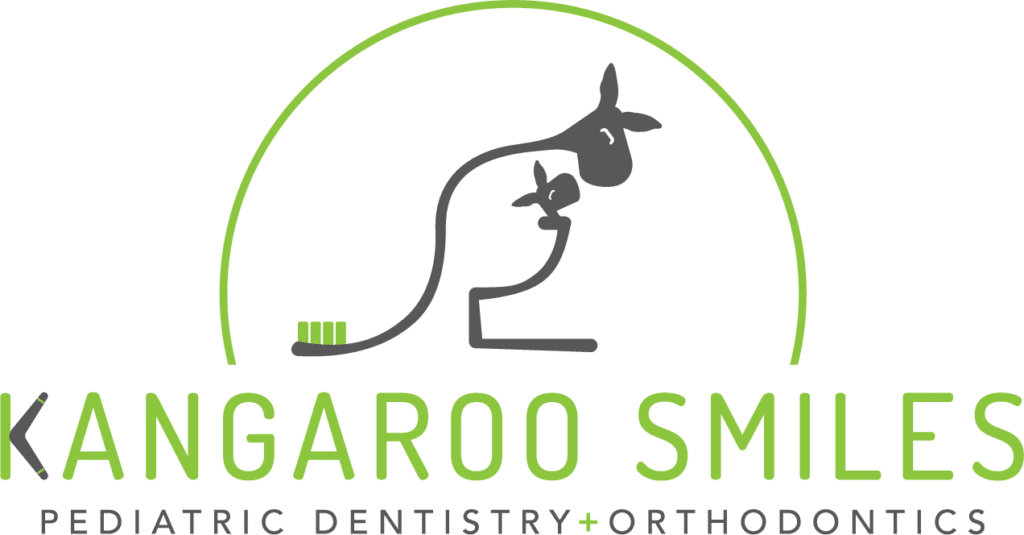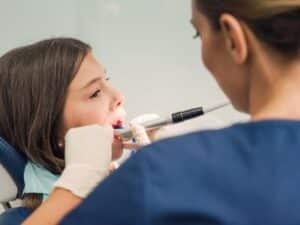Have you noticed any difference in how your child talks, eats, and smiles? It may be time for you to take them to the orthodontist to have their teeth checked. Orthodontic Malocclusion can impact your child’s day-to-day activities, so it’s important to get it treated while it’s still early.
In this article, we’ll explain how exactly an orthodontics in Lowell can treat your child’s orthodontic malocclusion. So, keep reading ahead to learn more!
What is an Orthodontic Malocclusion?
An orthodontic malocclusion is the formal term for misaligned teeth. When one’s teeth are misaligned, it can result in a variety of oral health issues, such as underbite, overbite, crossbite, overcrowding, and more. It becomes a lot harder to execute important oral functions such as chewing, biting, and speaking when the teeth are misaligned.
However, if you’re in the hands of a good orthodontist, then they are often well-trained to fix the different types of malocclusions and can significantly correct how your teeth line up in the jaw. Orthodontic treatments involve different kinds of techniques and tools to shift crooked teeth and misaligned jaw into the correct places.
The Different Types of Orthodontic Malocclusion
Malocclusion affects people differently. There is more than one type of orthodontic malocclusion. Learn more about all of them below.
Overbite
Also known as “buck teeth,” an overbite is when one’s upper set of teeth extends beyond the bottom front teeth. While many people may have a mild overbite, a severe one can lead to a number of dental concerns, such as tooth decay, jaw pain, and gum disease.
Underbite
An underbite is the exact opposite of an overbite. This happens when the bottom teeth extend more than the upper front teeth. The severity can range from mild to severe. The patient will need to undergo dental treatment in order to treat the issue because underbites rarely correct themselves naturally.
Overcrowding
Overcrowding occurs when there is a lack of space, shifting the teeth into misalignment. Not only is it an aesthetic problem, but it can cause serious oral issues as well. Crowded teeth are more difficult to clean, which can result in poor dental hygiene, making the teeth’s enamel deteriorate much faster. Additionally, patients with crowded teeth are more likely to develop cavities and tartar.
Spacing
Teeth spacing is a type of condition wherein the front teeth are separated by huge gaps. This is more common with children as it is typically caused by tongue thrusting or thumb sucking. The gaps can make your teeth more prone to developing gum disease if neglected for a long time.
Overjet
When the upper front teeth stick out forward, that is an overjet. Not to be confused with an overbite, an overjet is defined by a more excessive horizontal distance between the bottom and top teeth.
Crossbite
A crossbite is a type of orthodontic malocclusion where the top teeth fit inside the bottom teeth. A person with crossbite is more susceptible to developing tooth decay, temporomandibular joint disorders, chronic headaches, and even sleep apnea.
Diastema
A diastema essentially means a gap in one’s teeth. These gaps can exist anywhere inside the mouth, but they’re more commonly seen between your two front teeth. This is usually a cosmetic concern, but it can also lead to gum disease.
Impacted tooth
An impacted tooth is a tooth that’s been blocked from erupting outside the gum. A tooth can be semi-impacted, which means that it has only started to break through. Sometimes impacted teeth don’t present obvious symptoms and are only found when the patient is getting a dental x-ray. Some signs of an impacted tooth are bad breath, swollen or bleeding gums, and difficulty in opening one’s mouth.
Missing tooth
People who have hypodontia are born with missing teeth. This is usually due to poor development of teeth or a result of trauma. Their teeth never develop, and in most cases, hypodontia is caused by genetic reasons.
The Common Causes of Orthodontic Malocclusion
While orthodontic malocclusion typically stems from hereditary factors, it can also manifest due to certain habits or conditions that impact the changes in the jaw’s structure and shape. Other common causes of orthodontic malocclusion are the following:
- Thumb sucking
- Dental trauma or injuries
- Cleft lip and palate
- Tooth loss
- Mouth tumors
- Impacted tooth
- Prolonged use of a pacifier
- Bottle feeding
- Neglecting oral care
- Obstruction of the airway due to allergies or enlarged adenoids
How Orthodontists Can Treat Your Child’s Orthodontic Malocclusion
So, how exactly can orthodontists help in treating your child’s orthodontic malocclusion? There are several ways to go about it. Having a one-on-one consultation with the orthodontist will generate better insight, but here are the different treatment options that your orthodontist will most likely recommend.
Braces
Proven to be one of the oldest yet most effective malocclusion treatments, braces are still a common treatment option for children. Braces fix the jaw and teeth’s alignment in order to enhance one’s bite and smile. Depending on the severity of your child’s malocclusion, the orthodontist may suggest either metal, ceramic, or lingual braces.
Retainers
Retainers are usually given after braces treatment in order to maintain the teeth’s alignment that has been corrected by the said treatment. They are usually custom-made to fit the shape of your child’s teeth. The overall length of the treatment will vary depending on the bite’s condition.
Invisalign
Invisalign is a popular orthodontic treatment that corrects malocclusion, whether that be an overbite, underbite, crossbite, or open bite. It utilizes a set of clear, removable aligners. It often goes unnoticed by other people, making it a suitable option if your child feels self-conscious.
Partner With Kangaroo Smiles to Fix Your Kid’s Orthodontic Malocclusion!
Depending on the severity of your child’s orthodontic malocclusion, the orthodontic treatment can last up to two years. The treatment is suitable for children, and Kangaroo Smiles ensures that your child has a safe and comfortable orthodontic experience with us!
You may send us an inquiry, and we’ll be happy to assist you! Once you and your child are ready, it’s time to schedule an initial consultation so that we can assess the best treatment option for your child.


